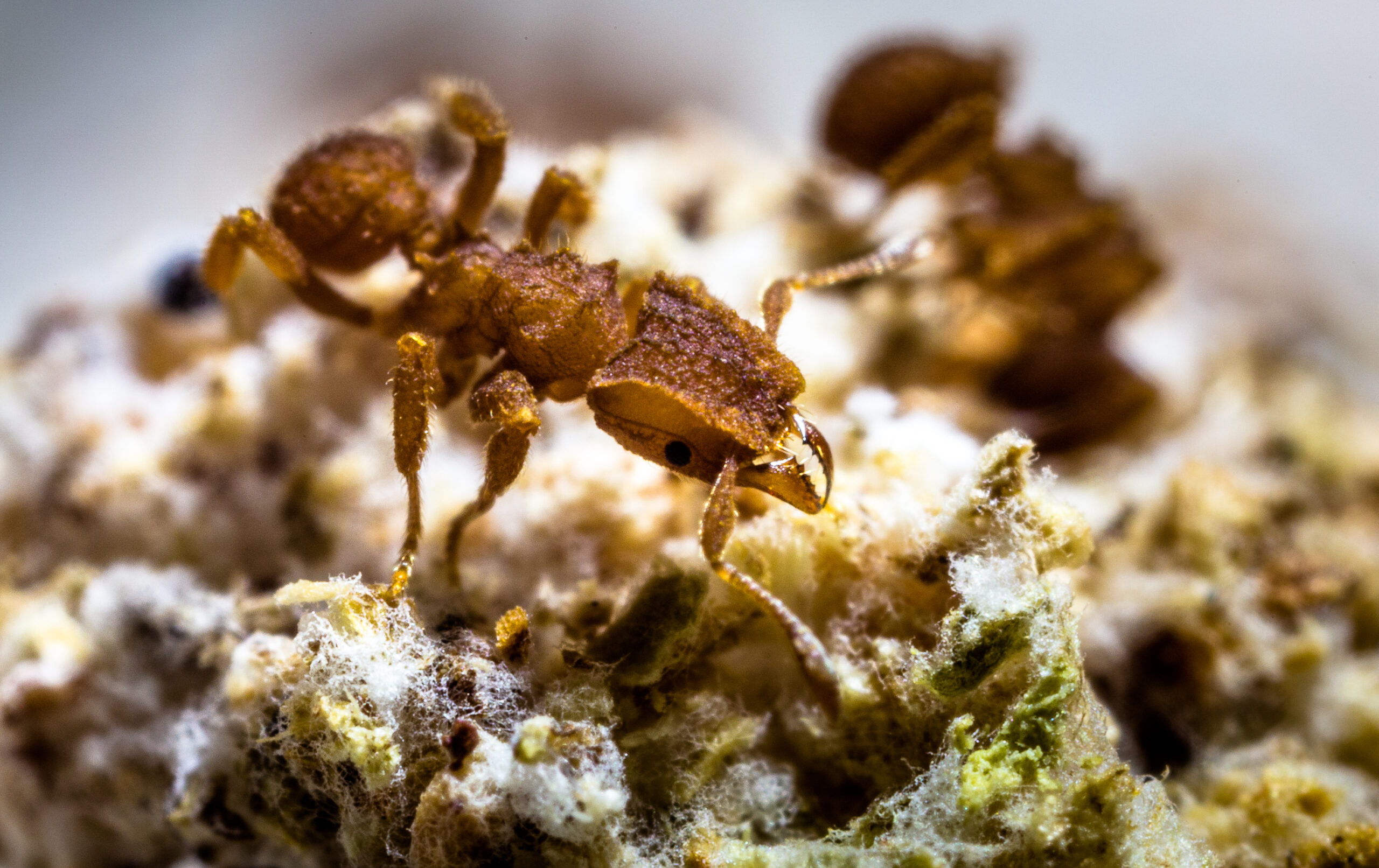Ants have been engaging in agriculture for an astonishing 66 million years, a practice that began shortly after the catastrophic asteroid impact that led to the extinction of the dinosaurs. This event reshaped ecosystems, creating environments rich in decaying plant material that facilitated the rapid growth of fungi. As these fungi thrived, innovative ant species started to cultivate them, establishing a complex evolutionary partnership that has persisted through millennia. Recent research sheds light on the development and evolution of this remarkable relationship, providing insights into how ant agriculture has flourished.
A significant study published on October 3, 2024, in the journal Science, involved a team of scientists from the Smithsonian’s National Museum of Natural History, led by entomologist Dr. Ted Schultz. The researchers analyzed genetic data from hundreds of ant and fungus species to reconstruct an evolutionary timeline for when ants first began cultivating fungi. They examined a comprehensive dataset that included 475 species of fungi, with 288 cultivated by ants, alongside 276 species of ants, of which 208 practice fungus farming. This extensive research effort represents the largest compilation of data concerning fungus-farming ants ever assembled.
The study reveals that the intricate relationship between ants and fungi has endured for 66 million years, coinciding with the asteroid impact at the end of the Cretaceous era. While this event had disastrous consequences for many organisms, it created a favorable environment for fungi to thrive in the decaying leaf litter. This unique interaction laid the groundwork for a sustainable agricultural relationship, allowing ants to harness the growth of fungi as a reliable food source.
Moreover, the research highlights the evolutionary adaptations of both ants and fungi throughout this time. Ants have developed specialized behaviors and physical traits that enable them to cultivate and protect their fungal crops, while fungi have evolved mechanisms to optimize their growth in response to the ants’ farming practices. This mutualistic relationship not only demonstrates the resilience of these species but also underscores the intricate connections that define ecosystems. Understanding the origins and evolution of ant agriculture can provide valuable insights into the dynamics of other agricultural systems in nature and the evolution of mutualistic relationships.


















